I think I have learned a lot through my inquiry on photography. I started off my inquiry project by buying a camera (this was a very large purchase for me!). I wanted to make the right decision as I knew that I would have this camera for a while. Being able to blog about my decision-making on this purchase and weighing the pros and cons of both the cameras I was considering, I think helped me make a sound decision and so far, I LOVE the Sony Alpha 7 ii. After purchasing the camera, I pretty much had no idea where to start. I didn’t have any previous expense with taking photos with an actual camera since all my photos in the past were done with just an iPhone (not the best quality). So, I decided to start with the basics. I would say I was defiantly more focused and interested in the techniques of shooting photos and not so much on the mechanics of the camera to take a good photo, that’s why I started with looking at the rule of thirds. The rule of thirds is a simple yet effective way to take photos. It is a composition technique that can make the image stronger and more interesting than simply taking a symmetrical photo (“The Rule of Thirds in Photography: A Simple and Effective Composition Technique,” 2018). After, playing with the rule of thirds technique, I was introduced to Lightroom, which is a photo editing software. I was introduced to this software by some family members that are professional photographers, and what a difference it makes! It’s quite easy to use and has more options than just using iPhoto. However, it comes at a price…it’s about $9 a month for the student version, and I haven’t fully decided if it’s worth the cost yet. When I had the free version though I really enjoyed it and when a photo is edited properly more detail can be brought out. I then tried night photography, which now I think I understand more, but when I first tried this in October, it was done trial and error. I didn’t understand how the ISO and shutter speed really played into night photography, probably because I went straight to teaching myself photography techniques and skipped over the mechanical part of photography (Dan, 2020). About mid-way into my inquiry, I got lens filters as a gift. Before this inquiry, I didn’t realize the difference filters make to a photo. I think the polarizing filter is the one I have used the most, as it brings out the colours making my photos more vivid (which I like) (“How are Camera Lens Filters Used in Photography?,” 2018). The neutral density filter I have not used yet but intend to take it to Goldstream next weekend to try it out. Neutral density filters reduce the light that comes into the lens allowing you to get smooth looking water features (“How are Camera Lens Filters Used in Photography?,” 2018). My last couple of techniques I tried were landscape photography and sunset photos, which I love doing. Since being able to reflect on both of these types of photography, I can now see they are in-fact very similar. For both these types of photography, the most important skill I found was that the time of day will make or break your photo. Making sure you are taking photos during the morning or at the golden hour will give you the light that makes photos romanticized and spectacular (something that’s hard to replicate in photo editing software) (Denney, 2019). Also, arriving before-hand, scouting out your angle will help make sure you get a great photo (Eldon & Holtzer, 2020). The last technique that I learned about was taking action shots in low light. This was one was quite tricky, and I still need to practice it, but when trying to learn this skill I learned a lot about ISO and shutter speed.
Overall, I think I learned a lot from my inquiry. It got me outside for a walk or hike and I now have some skills in order to take beautiful photos. I plan on keeping up with learning new photography skills past this class, as my passion for photography has increased from this inquiry. At the bottom, I have included my favourite photos that I have taken over this term (and some that I haven’t shown in other blog posts).
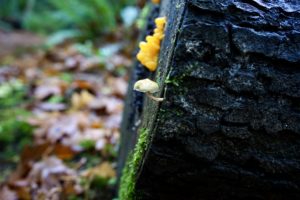

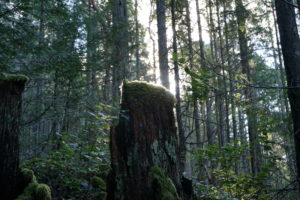

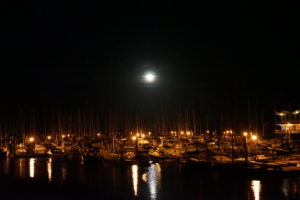
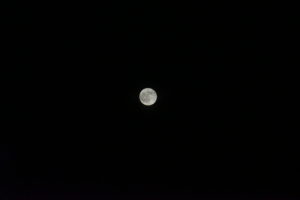

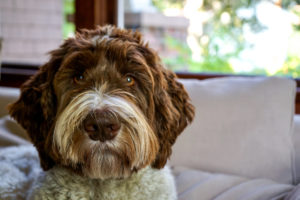
References:
Dan. (2020). Everything You Need to Know About Night Photography. Retrieved from https://www.halfhalftravel.com/photography-advice/night-photography.html
Denney, M. (2019). 5 Beginner Landscape Photography Mistakes to Avoid. Retrieved from https://www.youtube.com/watch?v=BWdwkkzFg3M
Eldon, D., & Holtzer, G. (2020). 10 Easy Tips for Capturing Stunning Sunset Photography. Expert Photography. Retrieved from https://expertphotography.com/stunning-sunset-photography/
How are Camera Lens Filters Used in Photography? (2018). O 42 West. Retrieved from https://www.adorama.com/alc/a-beginners-guide-to-camera-lens-filters
The Rule of Thirds in Photography: A Simple and Effective Composition Technique. (2018). PosterJack. Retrieved from https://posterjack.ca/blogs/inspiration/the-rule-of-thirds-in-photography-a-simple-and-effective-composition-technique
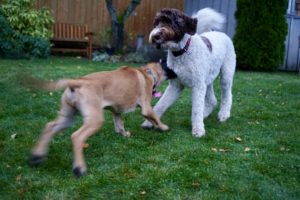


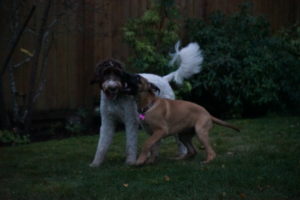

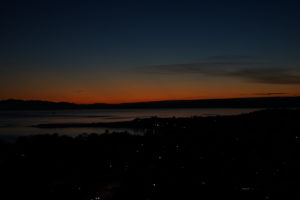
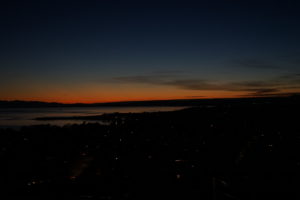

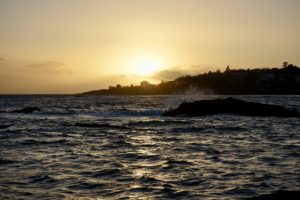





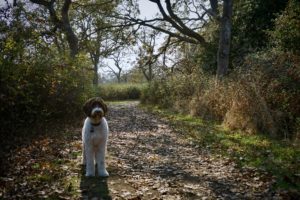



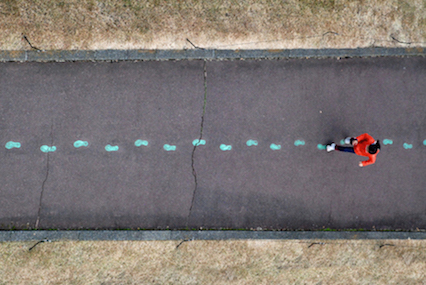
Recent Comments